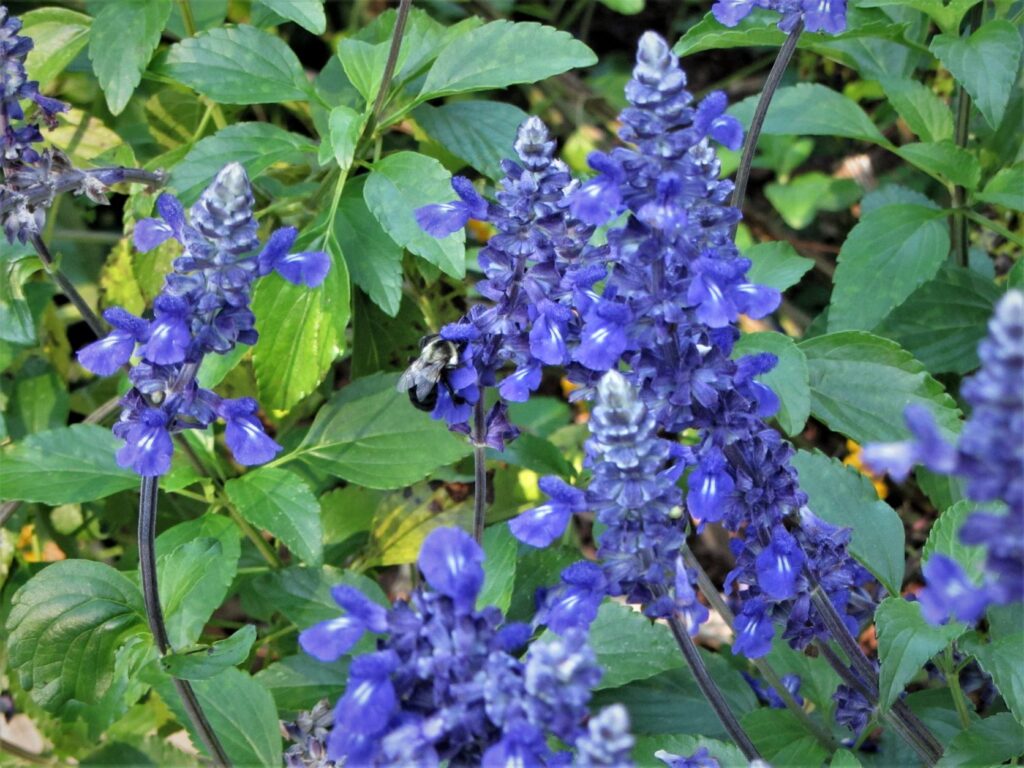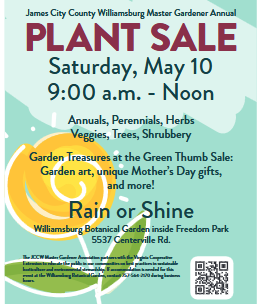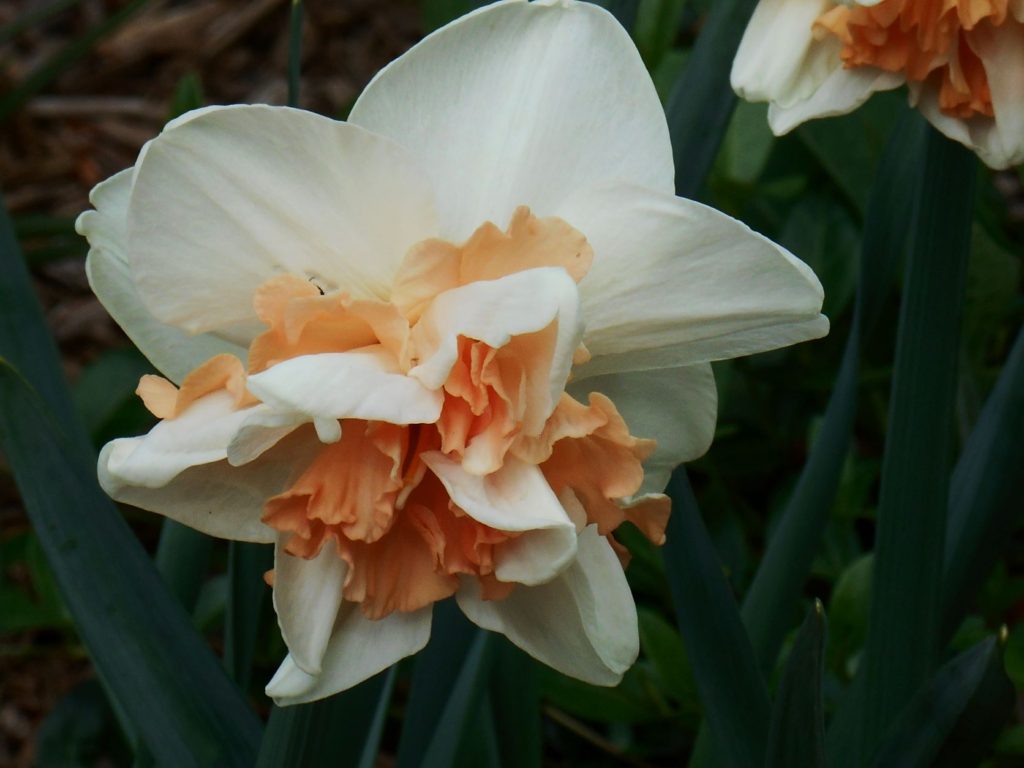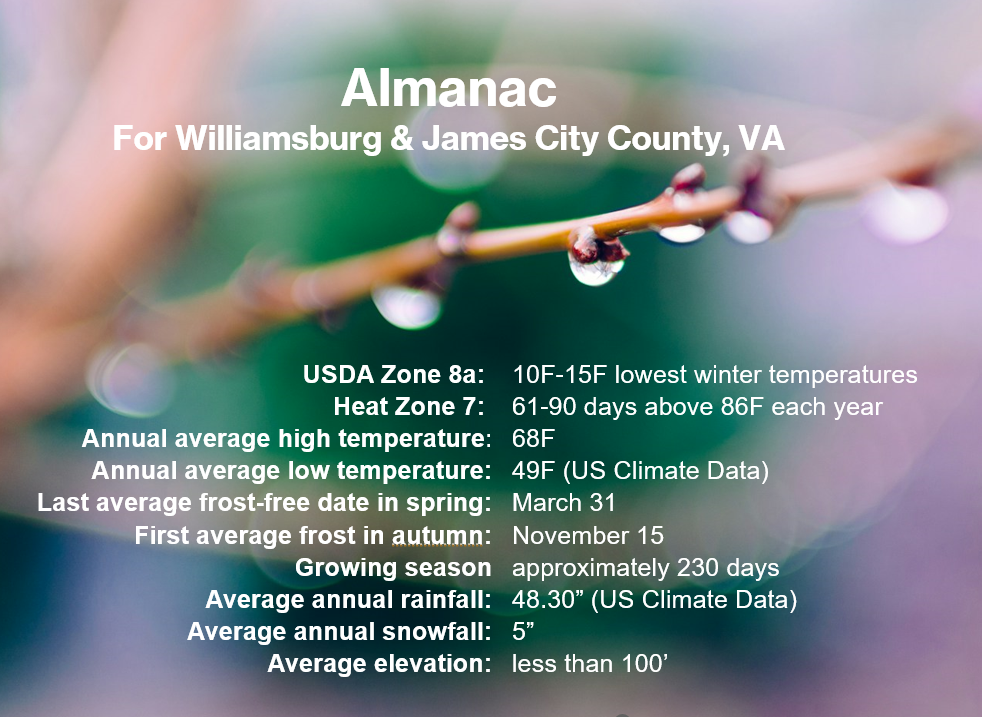Welcome to the James City County Williamsburg Master Gardener Association
Serving Williamsburg, James City, Charles City, Upper York, and New Kent
April 2025
Flowering Dogwood
Dogwood trees explode into a profusion of flowers each spring. They grow wild along the forest edge, in clearings and along highways throughout Virginia, transforming from grey woody skeletons into graceful clouds of pink or white flowers as winter melts into spring each April. Read more
Burst Into Spring With Redbud
A blooming redbud tree grabs my attention like no other spring flowering tree. It just suddenly lights up like a neon beacon glowing brightly in the edge of the wintery forest. This small native tree improves the soil and offers food for wildlife and gardener alike. Read more here
Featured Plants for 2025
Let’s celebrate some of our more unusual and lesser-known native wildflowers in 2025. The Virginia Native Plant Society has chosen the Mayapple, Podophyllum peltatum, as its 2025 Wildflower of the Year. The Perennial Plant Association has also chosen a native wildflower, mountain mint, Picnantheum muticum, indigenous to Virginia, as its pick for 2025. Learn more...
Homeowner Outreach Programs
Teams of trained Master Gardeners are available to come to your home to consult with you about your trees, turf, landscaping, irrigation, and water conservation practices. Schedule a visit today. Learn more here...
Top Picks for Summer Color
Beautiful plants fill every display at garden centers this spring. Even the most experienced gardener may feel a little overwhelmed with so many choices. These are recommended plants which thrive in our climate, provide months of color, and won’t require specialized care. Plant them with confidence for a long season of beauty. Part 1: Colorful Flowers
Plant Sale 2025

Our Association is hosting a plant sale on Saturday, May 10, rain or shine, from 9 AM to noon at the Williamsburg Botanical Garden (WBG) located in Freedom Park. Learn more here…
For Love of Narcissus
Narcissi, commonly known as daffodils or jonquils, have earned a mythic association with time and eternal life because they return so reliably as winter transforms into spring each year. Daffodils are happiness inducing flowers. No wonder they have remained popular around the world, over many centuries of human history. Read More...
Hellebores
 Hellebores begin their new growth in early winter, sending up fresh new leaves and flower buds under cover of sturdy, evergreen leaves left standing from the previous season. Cut the old leaves away so that the dazzling jewel like buds of the new season’s flowers finally shine. Learn more here
Hellebores begin their new growth in early winter, sending up fresh new leaves and flower buds under cover of sturdy, evergreen leaves left standing from the previous season. Cut the old leaves away so that the dazzling jewel like buds of the new season’s flowers finally shine. Learn more here
Cultivate a 'Tiny Forest' Parts 1 and 2
Trees are the guardians of our planet, renewing the atmosphere, managing rainfall, building good soil, and supporting wildlife. Trees cool our warming atmosphere and make our communities more livable through the summer. Learn how to cultivate a ‘Tiny Forest’ to make your yard more beautiful as you restore our natural vegetation and support wildlife.
Cultivating a Tiny Forest Part 1- Why and How
Oh, Deer!
Virginia's population of deer has grown exponentially as deer adapted to living among people and as hunting has declined. Deer now cause a wide range of problems. Their impact prevents the normal regeneration of woodland plant species and destroys food sources and habitat for wild birds and other animal and insect species. Learn more about how you can help here.
Evergreen Camellias
The first Camellia shrub usually chooses a stretch of damp, cool October days to burst into bloom. I am always taken by surprise when its luminous white, spring-like blossoms unfold, because they look rather out of place beside the colorful leaves falling from nearby trees. Learn more…
A Tea Story: Camellia sinensis
Plant Literacy
Anyone who loves plants finds it useful to build a repertoire of common plants that grow well in the Williamsburg area. Learn about the plants commonly used in our area and build your own plant literacy skills. Read more here…
Unlocking the Secrets of Plant Species Names
Zone Change!
Click to enlarge the photo
The USDA has updated the Plant Hardiness Zone map and we're now in zone 8A. The trend reveals a picture of how many parts of our country are warming. Read more ...
Native Tree Guide
Which Tree Should I Plant? This guide was produced by the Upper and Middle James Riparian Consortium to educate Virginians about the woody native plants of our riparian areas. Access the guide here.
Native Plant Guide
This guide showcases many attractive variety of plants native to Southeast Virginia, which includes the Hampton Roads region. It includes information about how each plant supports wildlife. Read more here...

















